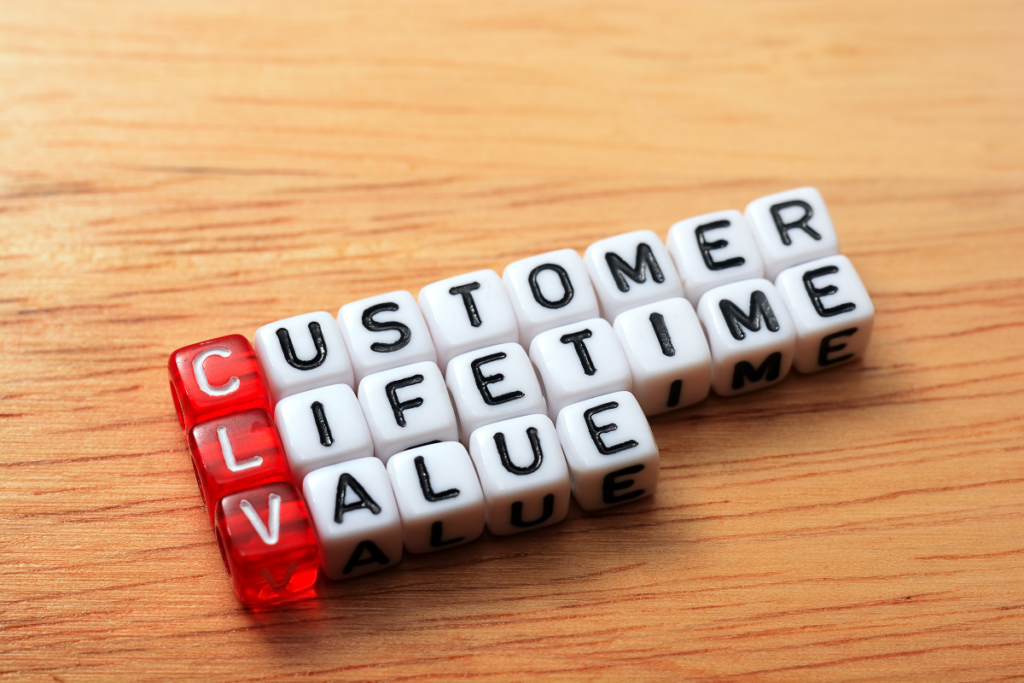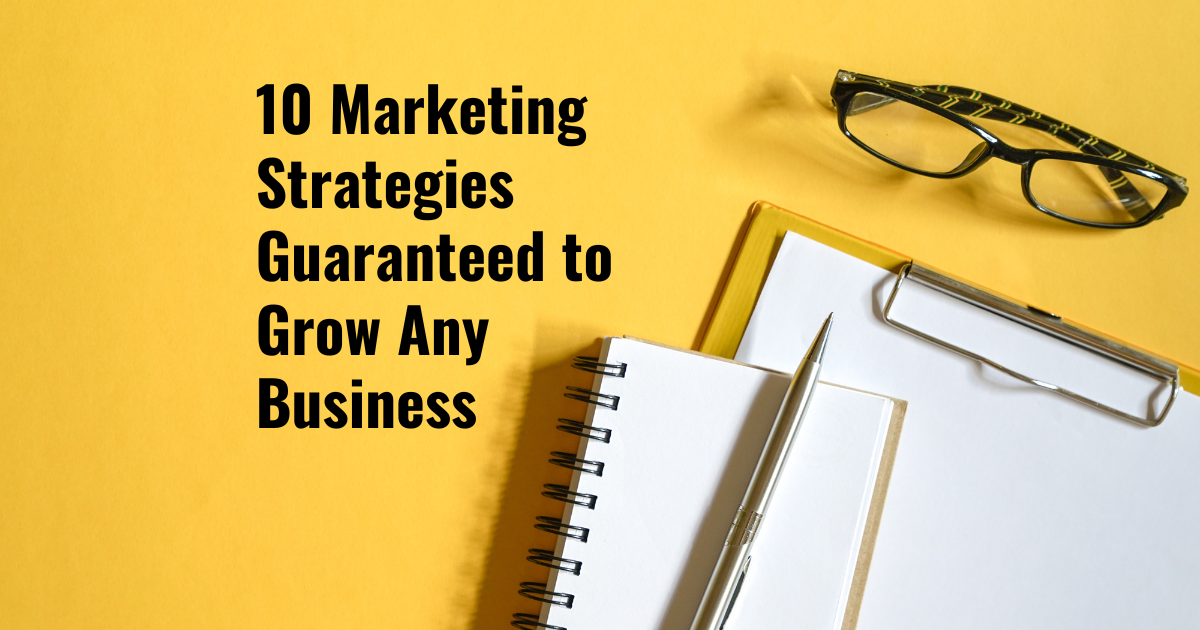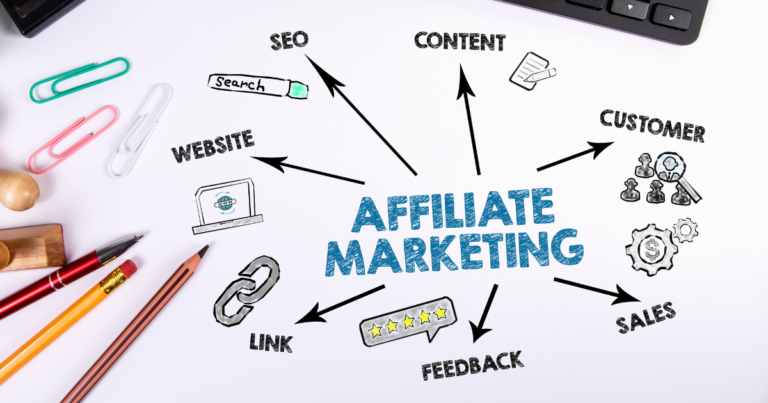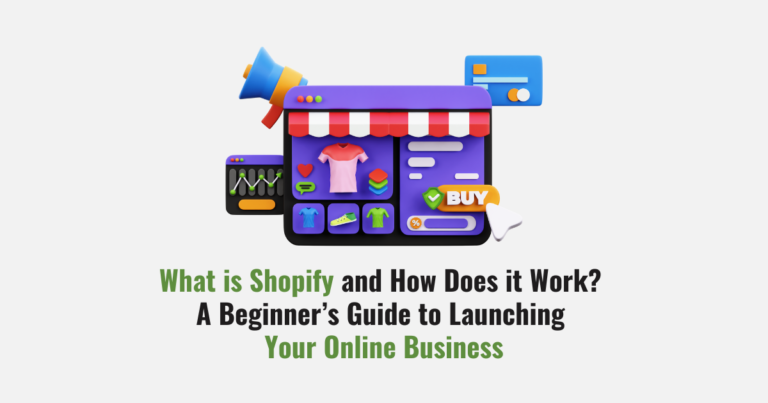10 Marketing Strategies Guaranteed to Grow Any Business
Are you tired of spinning your wheels with marketing? Feels like your efforts are falling flat, and your business isn’t growing the way you envisioned. You’re not alone. Many entrepreneurs and business owners struggle to create marketing that actually works.
But fear not! There’s a proven, strategic path to success, one that’s been replicated countless times. It’s not about random guessing or hoping for the best. It’s about a framework, a playbook, that guides you towards guaranteed results.
In this article, we’ll delve into 10 essential marketing strategies that form the foundation of any thriving business. These strategies are not a linear path, but a dynamic, ever-evolving process. Think of it as a marketing rollercoaster – you’ll test, gather feedback, analyze data, and pivot as needed to achieve your desired outcomes.
Table of Contents
1. Your Offer

Before you start thinking about who you want to reach, you need a strong offer. This is the core of your marketing. Without a great offer, even the best marketing won’t work well. Your offer should be so good that it catches people’s attention and makes them want to buy. It’s the base of your business—everything else, like finding your audience and promoting your product, depends on it. A strong offer not only draws people in but also helps ensure your success.
- New Businesses: If you’re starting from scratch, it’s wise to first identify the people you want to serve. Understanding their needs and challenges will help you tailor an offer that perfectly solves their problems.
- Existing Businesses: You’ve already got a product or service. Now, it’s time to pinpoint what makes it unique and find the ideal audience who will find it irresistible. Look at your top 20% of customers – what do they have in common? Focus on them.
2. Setting Effective Goals

Marketing Strategies should always have a clear purpose. Instead of just doing it randomly, set specific goals that you can measure. This way, every marketing effort you make is focused on achieving real results, like boosting sales or growing your audience. With clear goals, you can track your progress and make sure your marketing is actually helping your business succeed.
- Don’t just chase likes and shares. Focus on building a community, generating leads, and ultimately, growing your revenue.
- Work backwards from your end goal. For example, if your product is $1,000 and you close one out of every two sales calls, you need two calls per sale. Now, figure out how many leads you need to generate those calls. This gives you a clear roadmap.
3. Understanding Your Target Market

“Marketing Strategies” is all about the market—your target audience is the most important part of your strategy. Everything you do, from how you talk about your product to where you promote it, should be focused on who your audience is and what they need. By keeping them in mind, your marketing will be more effective and successful.
- Don’t try to appeal to everyone. It’ll make your messaging bland and irrelevant. Focus on a specific group of people.
- Empathy is key. People buy when they feel understood. Understand their values, beliefs, frustrations, and aspirations.
- Target Market Breakdown:
- Demographics: Age, gender, income, occupation, etc.
- Geography: City, state, country, even neighborhoods! Cultural differences matter.
- Psychographics: Values, attitudes, lifestyles, beliefs, political views, etc. This is where you really get to know their headspace.
4. Uncovering Miracles and Miseries:
Every target market has things they want and things they struggle with. The “miracles” are their dreams and goals, while the “miseries” are their fears, problems, and frustrations. Understanding both helps you create solutions that really connect with your audience.
- Bridge the gap. Your marketing should bridge the gap between where they are now (with their miseries) and where they want to be (achieving their miracles).
- Strike a balance. Don’t focus solely on negativity or positivity. A mix of both is most effective. Show them how your offer can help them escape their miseries and achieve their miracles.
5. Find Your People: Presence and Activity

Not all online platforms are the same, and your audience won’t be everywhere. To reach them better, find out where they spend most of their time online. Focus on those places to make sure your message connects with the right people.
- Don’t jump on every new bandwagon. Focus on the platforms where your target audience is most active and engaged.
- Know your demographics. Do some research on social media demographics. You’ll find that platforms like LinkedIn are more popular for B2B audiences, while Facebook caters to older demographics, and Instagram and TikTok attract younger audiences.
6. Content is King: Choosing the Right Format

Content is what keeps your marketing going. Choose the type of content that your audience likes and that you feel good making, whether it’s blog posts, videos, social media updates, or something else. This way, you’ll connect better with your audience and make your marketing more effective.
- Long-form vs. Short-form: Every business needs a long-form content strategy, like blogging, podcasting, or YouTube, which provides deeper insights. Short-form content, like social media posts and stories, can be used to supplement and promote your long-form content.
- Text, Audio, or Video? Text-based content is great for those who enjoy writing. Audio content is ideal for those who love to talk. Video content is currently the most engaging and popular format, but it may take more effort to get started.
7. Email Marketing

Email marketing is a reliable and effective way to connect with your audience. It allows you to send messages directly to people, helping you build and maintain strong relationships. By using email, you can keep your audience engaged, share important updates, and offer special deals. This helps create trust and loyalty, making your audience more likely to stay interested and act on your messages. Whether you’re giving updates, sharing news, or offering discounts, email marketing is a great tool for reaching and keeping your customers.
- Lead Magnet: Offer something valuable in exchange for email signups. This could be a free guide, checklist, or discount code.
- Consistency is key. Email your list regularly, at least once a week. The more you communicate, the more they’ll remember you.
- Email marketing ROI is unmatched. Studies show that email marketing can generate a 3800% to 4400% return on investment!
8. The Marketing Funnel

A marketing funnel is a way to show how people go from first hearing about your product to becoming regular customers. It breaks down the journey into different stages: learning about your product, getting interested, thinking about buying, and finally making a purchase. This helps you provide the right information and support at each step to turn potential customers into loyal ones.
- Start at the end. Consider what needs to happen for someone to make a purchase, then work backwards, outlining each step of the process.
- Identify leaks. Look for areas where you’re losing prospects, such as a poorly-designed landing page or a confusing checkout process.
- Small tweaks, big impact. Even small changes to your funnel can significantly increase conversions.
9. The Lifetime Value of a Customer

Customer Lifetime Value (CLV) is a measure of how much money a customer will bring to your business over the entire time they stay with you. It helps you understand the total revenue you can expect from a customer from their first purchase to the end of their relationship with your business. Knowing this helps you decide how much you should spend on attracting and keeping customers. By working to increase CLV, you can boost customer satisfaction and loyalty, leading to more steady income for your business.
- Understand the true value. Calculate your CLV to determine how much you can invest in marketing and customer acquisition.
- Maximize retention. Focus on strategies that encourage customers to stay loyal and come back for more.
- Increase CLV: Offer upsells, cross-sells, and loyalty programs to generate more revenue from your existing customers.
10. The Power of Video: Supercharge Your Marketing

Video content grabs attention and connects with people in a powerful way. It combines pictures, sounds, and stories to make your message more engaging and memorable. Videos help build a stronger connection with your audience, making it easier to share your ideas and showcase your brand. Whether you’re showing how something works, sharing customer experiences, or telling a story, videos can help you connect with your audience more effectively.

- Start small. Don’t be afraid to experiment! Try creating short stories on Instagram and Facebook.
- Embrace short-form video. Instagram reels, TikTok, and YouTube shorts are excellent ways to grab attention and increase reach.
- Go long-form. YouTube is the ultimate platform for long-form video content. Don’t be afraid to create tutorials, reviews, and behind-the-scenes videos.
Action Steps for Marketing Success:
- Identify Your Offer: What problem are you solving?
- Define Your Target Market: Who are your ideal customers?
- Set SMART Goals: What do you want to achieve with your marketing?
- Choose Your Content Type: What format best suits your audience and your comfort level?
- Develop a Marketing Funnel: Map out the customer journey from prospect to loyal customer.
- Calculate Your CLV: What’s the lifetime value of a customer to your business?
- Create Engaging Video Content: Start small, experiment, and then go big!
Keep in mind that marketing is a continuous process. It’s important to regularly test different approaches, analyze the results, and make adjustments based on what you learn. Marketing isn’t a one-time effort; it requires ongoing refinement and improvement. By concentrating on these 10 key strategies, you’ll set yourself up for success in creating effective marketing campaigns that drive real growth for your business. Each step you take in refining your approach helps you understand your audience better and enhance your results. Embrace the journey of learning and adapting to build a marketing strategy that truly works.
So, what are you waiting for? Get started today and watch your business soar!
What are some easy ways to grow my business?
Some effective ways include sharing helpful content, using social media, sending emails to customers, improving your website’s visibility on search engines, partnering with influencers, and using paid ads.
How does content marketing help my business?
Content marketing means creating useful content like blogs and videos that interest your audience. By providing valuable information, you build trust, making people more likely to become your customers.
Is social media marketing important for business growth?
Yes, social media helps you connect with people, share products, and build your brand. It’s an affordable way to reach more customers and grow your following.
How does improving my website’s SEO help my business?
SEO (Search Engine Optimization) helps your website show up higher on search results. This makes it easier for customers to find your business online, bringing more visitors to your website.
Why is email marketing still useful for growing my business?
Email marketing lets you send personalized updates to your audience. It’s a great way to stay connected, share promotions, and encourage them to buy from you again.







